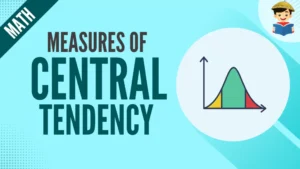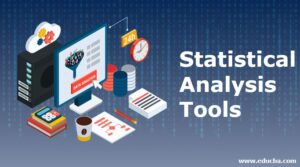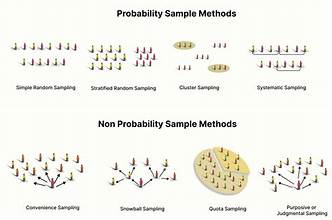
In modern statistical analysis, measures of central tendency are foundational tools used to summarize and interpret data sets. These measures—mean, median, and mode—provide insights into the central point around which data values cluster. Understanding their practical applications is crucial for data-driven decision-making across various fields. This article explores the top five practical uses of measures of central tendency in contemporary statistical analysis, highlighting their significance and real-world applications.
1. Benchmarking Performance
In business and finance, benchmarking performance is vital for setting standards and measuring progress. Measures of central tendency play a critical role in this process. For example:
- Mean: Businesses often use the mean to assess average performance metrics, such as average sales per quarter or average customer satisfaction scores. By comparing these means against industry benchmarks, companies can gauge their performance relative to competitors.
- Median: When evaluating salaries or compensation packages, the median is often preferred over the mean to avoid skewed results due to extreme values. For instance, in a company with a few top executives earning significantly higher salaries than the rest, the median salary provides a more accurate reflection of the typical employee’s earnings.
- Mode: In product development, identifying the most frequently purchased product or the most common customer feedback can help businesses focus on popular features or common issues.
2. Quality Control in Manufacturing
In manufacturing, maintaining quality control is essential for producing consistent and reliable products. Measures of central tendency are employed to monitor and improve quality:
- Mean: Manufacturers use the mean to track average measurements of product dimensions or weights. For example, if a factory produces widgets, the mean weight of these widgets can be compared to the target weight to ensure they meet quality standards.
- Median: When dealing with large batches of products, the median is used to minimize the impact of outliers. For instance, in a batch of electronic components, the median resistance value ensures that the majority of components are within acceptable tolerance levels, even if a few components deviate significantly.
- Mode: Quality control teams may use the mode to identify the most frequent defect type or error code in production. This helps prioritize corrective actions and improve overall product quality.
3. Educational Assessment and Evaluation
Educational institutions use measures of central tendency to assess and evaluate student performance:
- Mean: The average score of students on standardized tests or exams is computed using the mean. This helps educators understand overall student performance and identify areas where students may need additional support.
- Median: In cases where test scores are heavily skewed by a few very high or very low scores, the median provides a more accurate measure of typical student performance. For instance, if a class has a few students with exceptionally high scores, the median score reflects the performance of the majority of students more effectively than the mean.
- Mode: The mode is used to identify the most common grade or score. This can be useful for understanding common performance levels and tailoring educational interventions to address prevalent issues.
4. Healthcare and Medical Research
In healthcare and medical research, measures of central tendency help in analyzing patient data and treatment outcomes:
- Mean: Researchers use the mean to analyze average patient outcomes, such as average blood pressure levels before and after treatment. This provides insights into the effectiveness of medical interventions.
- Median: In clinical trials, the median survival time of patients can provide a more accurate picture of typical outcomes, especially in cases where survival times are highly variable. The median survival time is less influenced by outliers and offers a clearer understanding of the central tendency of patient outcomes.
- Mode: The mode can be used to identify the most common symptoms or diagnoses among patients. This information can be crucial for developing treatment protocols and understanding the prevalence of certain conditions.
5. Marketing and Consumer Research
In marketing and consumer research, measures of central tendency help businesses understand consumer preferences and behavior:
- Mean: Marketers use the mean to analyze average spending habits, such as average purchase amount or average customer lifetime value. This helps in budgeting and targeting marketing strategies effectively.
- Median: When analyzing income data or purchase amounts, the median provides a better representation of typical consumer behavior, especially when data is skewed by a small number of very high or very low values.
- Mode: Identifying the mode of consumer preferences or most common product features can guide product development and marketing strategies. For example, if a certain product feature is the most frequently requested, businesses can prioritize its inclusion in new product designs.
Conclusion
Measures of central tendency—mean, median, and mode—are indispensable tools in modern statistical analysis, providing valuable insights across various domains. Whether it’s for benchmarking performance, maintaining quality control, assessing educational outcomes, analyzing medical data, or understanding consumer behavior, these measures help summarize complex data sets and guide informed decision-making. By leveraging these statistical tools effectively, organizations and researchers can gain a clearer understanding of their data and make strategic decisions that drive success.



